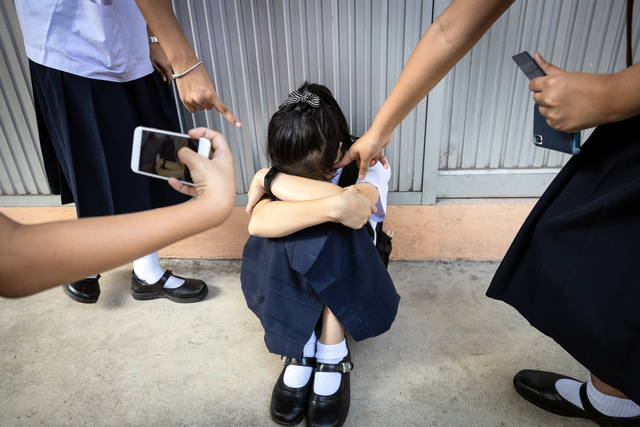Bullying is a well-documented phenomenon affecting students worldwide. However, an often overlooked aspect is ‘Persistent Bullying’—a form of bullying that persists despite prevention and intervention efforts.
While research indicates that typical bullying behaviours often decrease over time – potentially due to maturity or effective bullying prevention strategies – individuals who persistently bully others may continue this behaviour well into adulthood.
Exploring and providing a meaning to the term ‘Persistent Bullying’, a team of researchers from the University of South Australia explores this issue, aiming to shed light on persistent bullying, its causes, and potential solutions.
In their book chapter titled ‘Reforming Approaches to Persistent Bullying in Schools’ Dr Deborah Green, Professor Barbara Spears (AM), and Dr Deborah Price explore the behaviour of ‘persistent bullies’.
Dr Deborah Green highlights that literature shows those who engage in bullying and do not alter their behaviours often follow a negative life trajectory into adulthood. This trajectory can result in significant relational, social, and economic costs, impacting society at large.
“Those who are persistent are most at risk and need specific, targeted approaches to help them change their behaviours and their negative life trajectory,” Dr Green said.
“While interventions are successful with some children and young people, there remains around 5 per cent who continue bullying regardless of the measures taken.”
For some children and young people, bullying is adaptive, providing them with a reputation within their peer group as powerful and strong. The status of being perceived as ‘powerful’ is crucial to them.
“If the bullying behaviour meets their social goals and needs – such as the need to belong or to have a reputation – then from a bully’s perspective, there may be no reason to stop,” Dr Green said.
Prevention and intervention strategies are most effective when implemented at a young age. However, signs of bullying can emerge at any age, particularly during transitions to primary and secondary school, and if an individual has experienced bullying themselves.
“Some children and young people who are repeatedly victimised may eventually engage in bullying others, becoming known as bully-victims,” Dr Green said.
“Bully-victims are those who are at the highest risk of negative outcomes and impacts of both being a bully and being a victim.
“It’s those who continue to bully which we’re quite concerned about.”
Though extensive research has been done to prevent and intervene with typical bullying, Dr Green argues more research and funding is required to develop tactics which are effective at putting a stop to persistent bullying.
“With more funding from government sources, we would be able to explore the long-term effects of persistent bullying, and develop specific programs aimed at targeting persistent bullying at the root cause.
“In the meantime, I’d like to encourage schools to address bullying behaviours in educative ways.
“Prevention and Intervention tactics could take the form of a multi-tiered system of support applied to absolutely everybody within a school, with persistent bullies at the top of the scale requiring a targeted intervention for individual children.”







